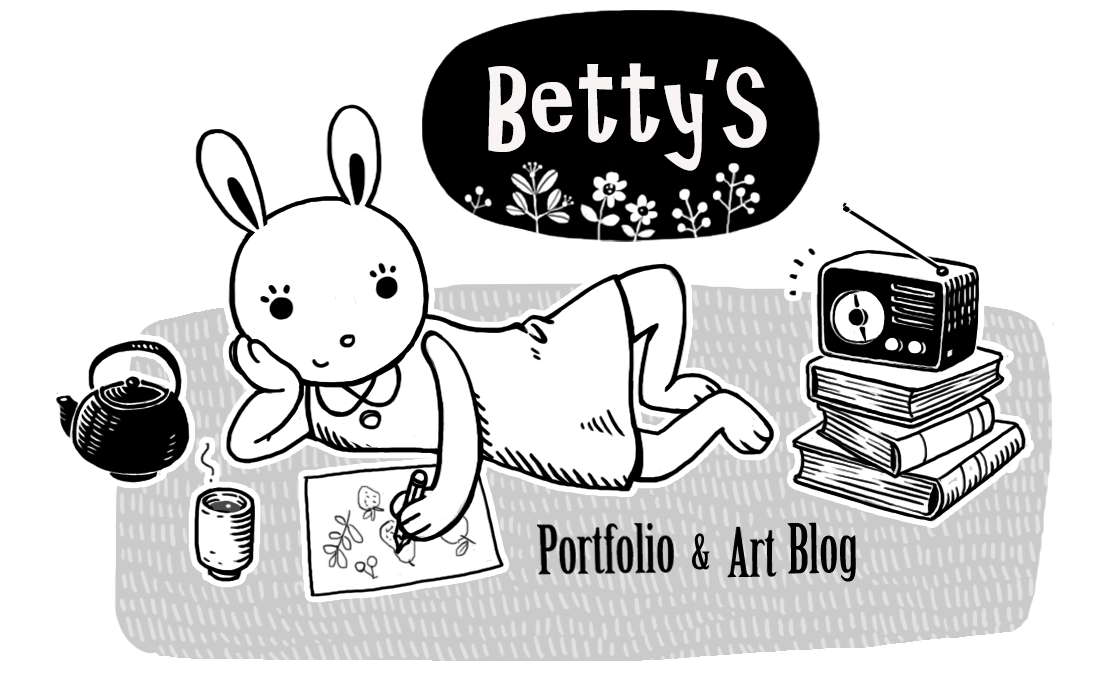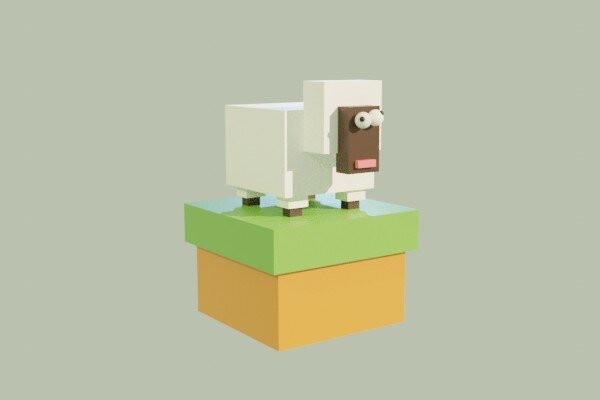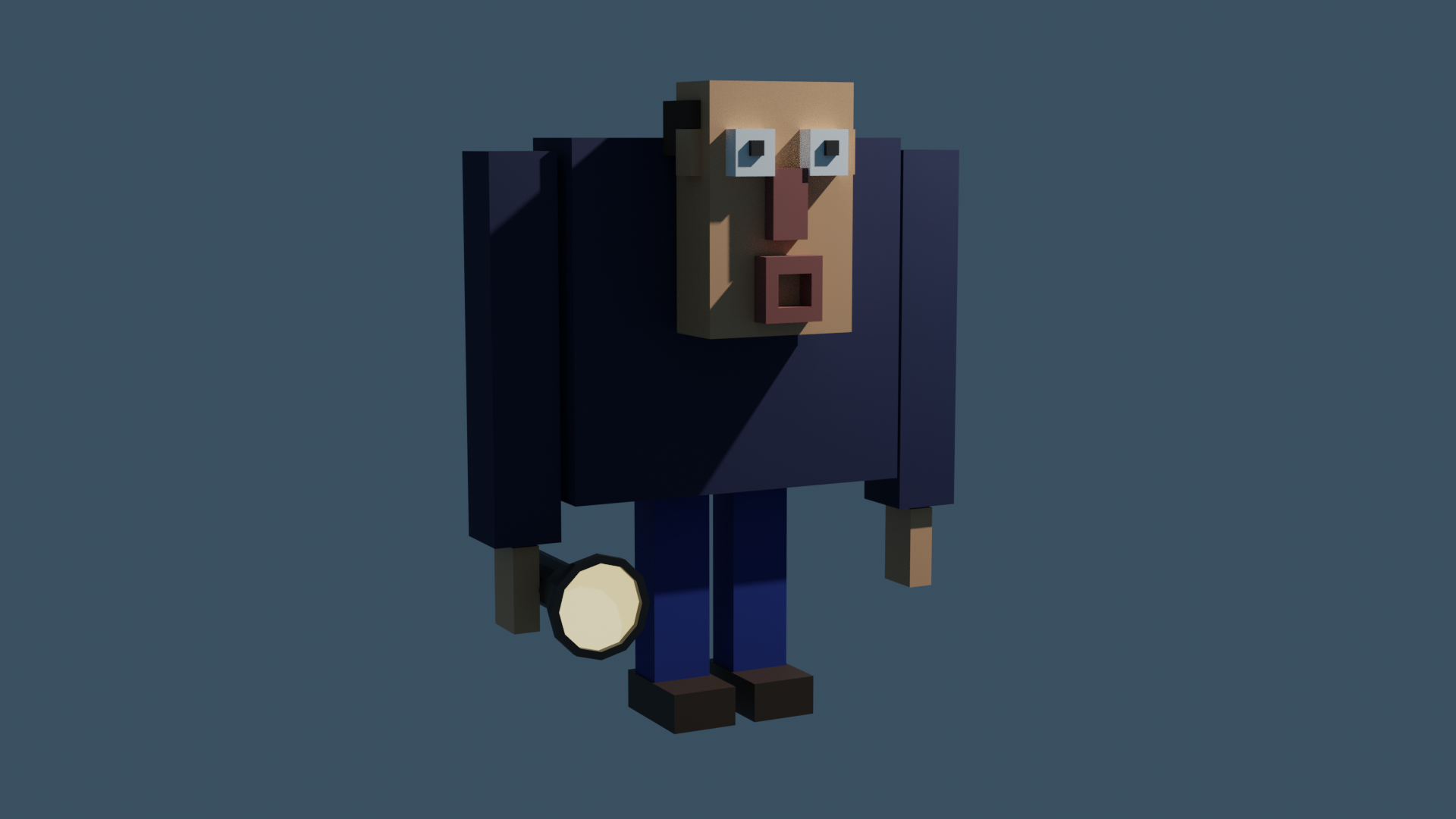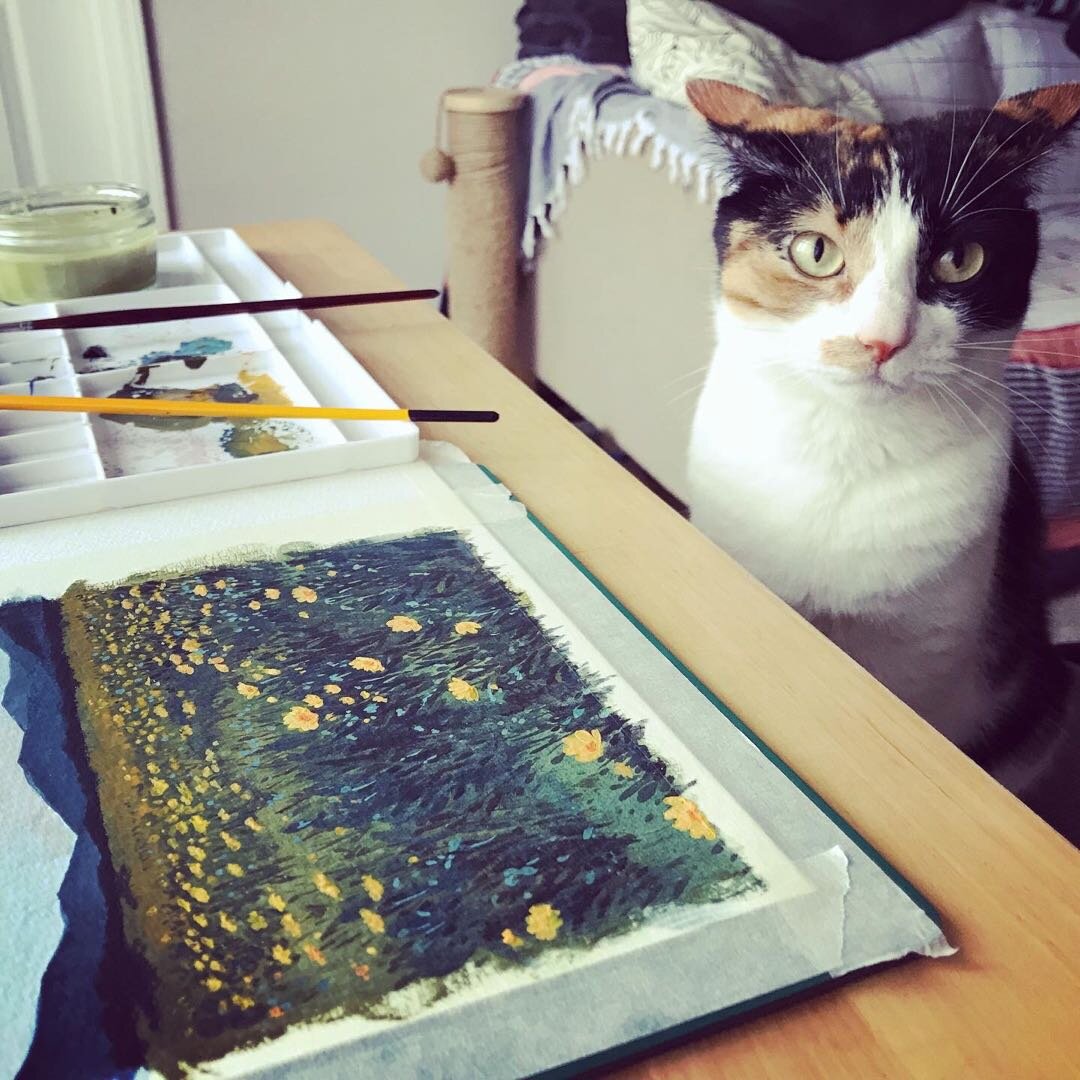Learning 3D software back in early 2000 was not an easy task. The reason it took me a decade to put myself together again to learn it, was non-arguably down to the traumatized memory of the Maya course I took back in the Uni. Not only because I simply can’t afford the expensive software, but also I felt like, as an artist, there would be a million steps in between before I can actually express myself in 3D form, it just too much effort. The hardware was also a problem, instead of painfully waiting for one image to be rendered for two hours, I rather pick up a pen and draw something on paper straight away.
Finally, Blender refreshed my view towards 3D software. It is free and insanely powerful. I can't believe how easy to learn the basics compare with my experience before. Not only that, the wonderful open-source community allows it to be developed so fast, that every new version delivers solutions that could compete with the industry giants. Isn’t this the most socialist thing in the digital world? I wish someone can challenge the empire of Adobe just like that.
So here's my learning process during roughly a month period.
Preparation
Even completely new to Blender but thanks to the internet, I should be able to learn the basic controls, 3d modeling terms, and workflow with many free tutorials online. Here’s only one catch, although these lessons are free, one has to do their own research to find the best one for themselves. I guess this is the challenge of self-learning nowadays, when all information is accessible, how to find the ones that can actually help you is not that straight forwards.
So it’s important to understand my self-learning goals:
My goal is not to become a 3d artist in the industry, it’s purely for a hobby, so it has to be fun.
The tutorials need to be professional but focus on the foundations. Therefore the tutorial that suits me can be about low-poly modeling, simple animation with basic rendering skills.
I need to be able to express my artistic view via a 3d environment after the course, so most likely I won’t be spending too much time learning photorealism style modeling or rendering.
Day 0 - Day 5 ( 10 hours learning time)
With these notes in mind, after some course research, I started 3 basic tutorials with Grant Abbitt, aiming to understand the interface and basic commands. The first few hours were a bit challenging, Blender's interface was still overwhelming at first, but slowly my pace increased by modeling something simple (and tasteful).
I quickly understood the workflow, the short keys, and the fundamentals of setting up a scene. I did all these courses back to back within a few days, every day for 3-5 hours, and took notes and kept WIP screenshots, so by the end of the day, I can go over what I just learned to enhance my memory.
I also like how Grant Abbitt ALWAYS repeats the Keyboard command in his video, as a beginner, this is really appreciated. He also gives you pro tips here and there, which comes really handy later on. By the end of the first week, I felt like I am able to make something basic myself by using all these skills I just learned. I also switched to a full keyboard, a number pad seems to be a must-have during 3d modeling.
Day 5- Day 10 ( 15 hours learning time)
After I felt like I’ve grasped the basics, I was eager to see if I can apply all this knowledge to practical use, like assign myself homework. So I designed a simple scene with a low poly style Japanese Ramen cart. During this project, I have to solve a lot of new problems from modeling complicated shapes to texturing and render with different engines. It took me a while but there was a huge satisfaction after seeing it slowly come to life from a grey cube.
Day 10- Day 20 ( 45 hours learning time)
During that week, I also tried something outside low poly. I did probably the most famous donut course on earth by Andrew Price aka Blender Guru, to experience realism modeling techniques. It was a lot more complicated, I liked it but I know this is not something I will focus on in the future. I still prefer a more stylized design.
I also tried organic modeling based on one of my favorite games HollowKnight. It’s another step forward as it introduces more preplanning and core skills in modeling that you don’t have to consider too much in low poly.
I have to remind myself that in any form of self-learning, I need to learn efficiently. Because the software updates so frequently nowadays, the solutions provided a few months ago can become not applicable already. For example, I was searching for a solution on how to do a wrapped cape, many answers online either can no longer be applied in the current Blender version or it does not solve all my problems. In the end, I just have to be creative and it worked quite well! I felt that the modifiers are very much like the Effect tools in AE, they are so powerful but can only be limited by your knowledge or imagination.
Day 20 - Day 30 ( 30 hours learning time)
By the 3rd week, I was confident that I was capable of doing something more complicated, but I also want to consolidate the foundementals. There were only a few days I didn’t touch Blender due to other works and I already start forgetting things I just learned! We learn fast these days but also forget faster, glad I had notes.
And this time, when I took some tutorials by Grant Abbitt and Marzilla, I didn't fully follow the design rather than just followed their technique, so I get to implement with my own design but also learning the basics, like hand paint texture and liquid animation.
afterthoughts
Before I enter the next state of Blender learning, most importantly, I'm happy that I no longer fear to take on a new skill. My 3D knowledge has been improved and confidence gain. It was more fun than I expected. Now there’s a new bridge for me to travel between design/drawing and 3D modeling. This is something I'd love to continue learning on the side, to see how far I can go. (ง •̀v•́)ง
Sometimes I felt that the elder I get the harder it for me to embrace new skills, which will only limit my world. I'm now able to understand and appreciate 3D artworks more than before. And happy to know that behind any form of art, the ideas, the effort, and the attention to detail are still the keys behind a great piece. I don't think AI can achieve this anytime soon, it can mimic the results for sure, but humans are unique in the way that we have complicated emotions and desires to create.















